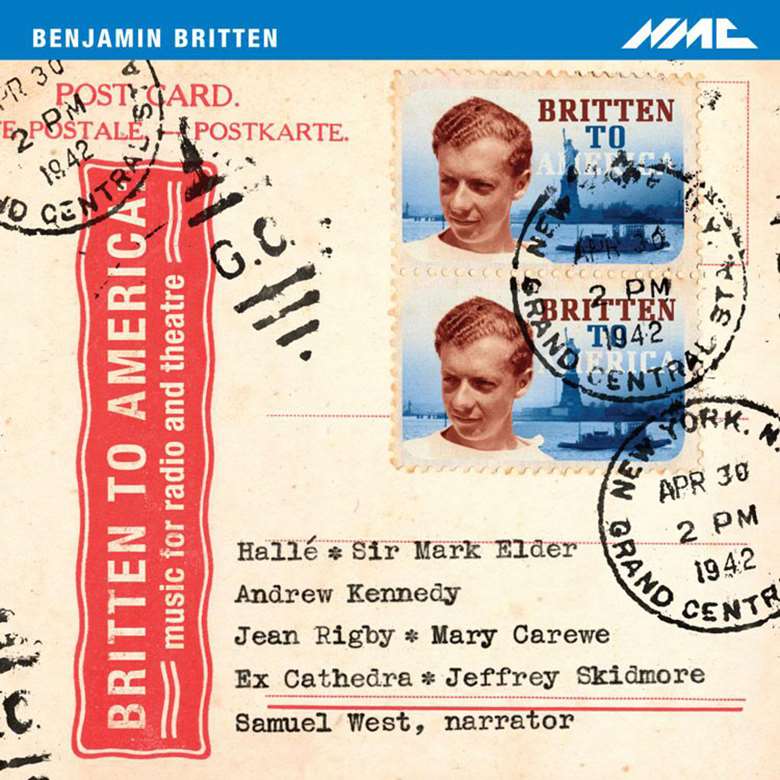Britten in America
Philip Clark
Tuesday, November 22, 2016
In 1939, Britten fled to the US where, for a time, he house-shared with fellow musicians, writers and a burlesque dancer, as Philip Clark reveals

Register now to continue reading
Thanks for exploring the Gramophone website. Sign up for a free account today to enjoy the following benefits:
- Free access to 3 subscriber-only articles per month
- Unlimited access to our news, podcasts and awards pages
- Free weekly email newsletter








